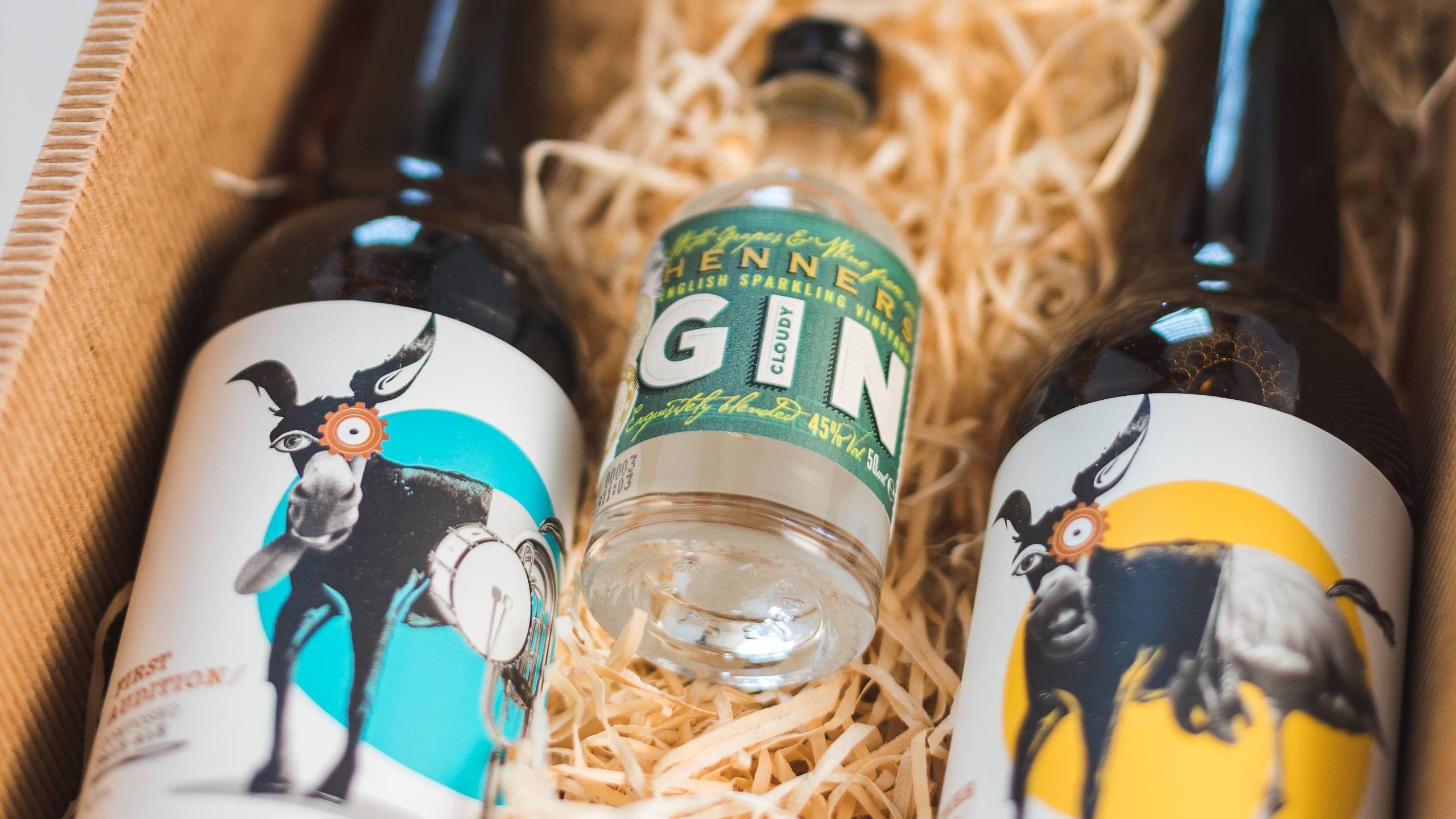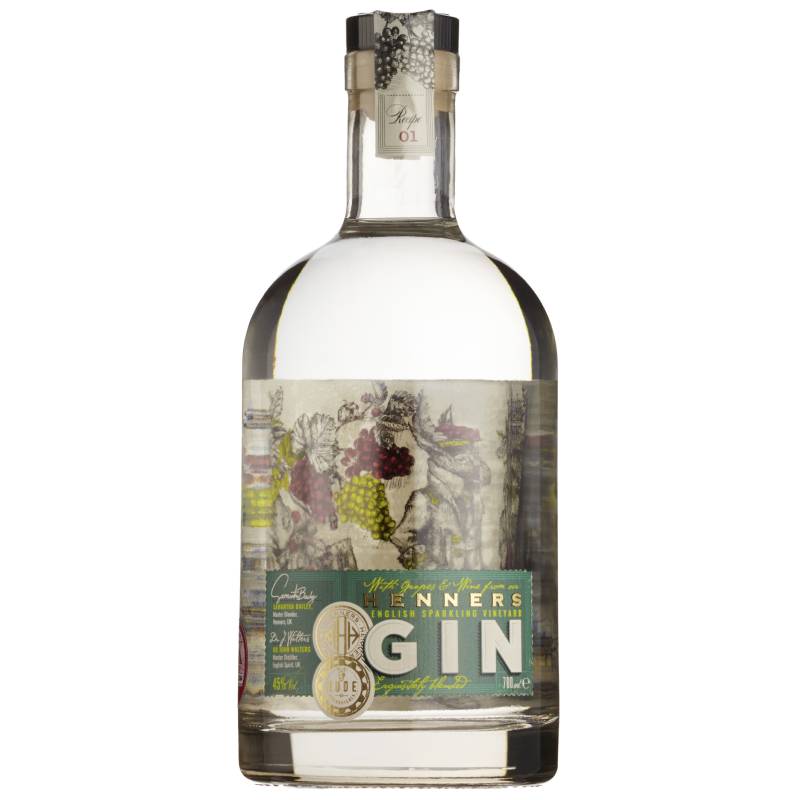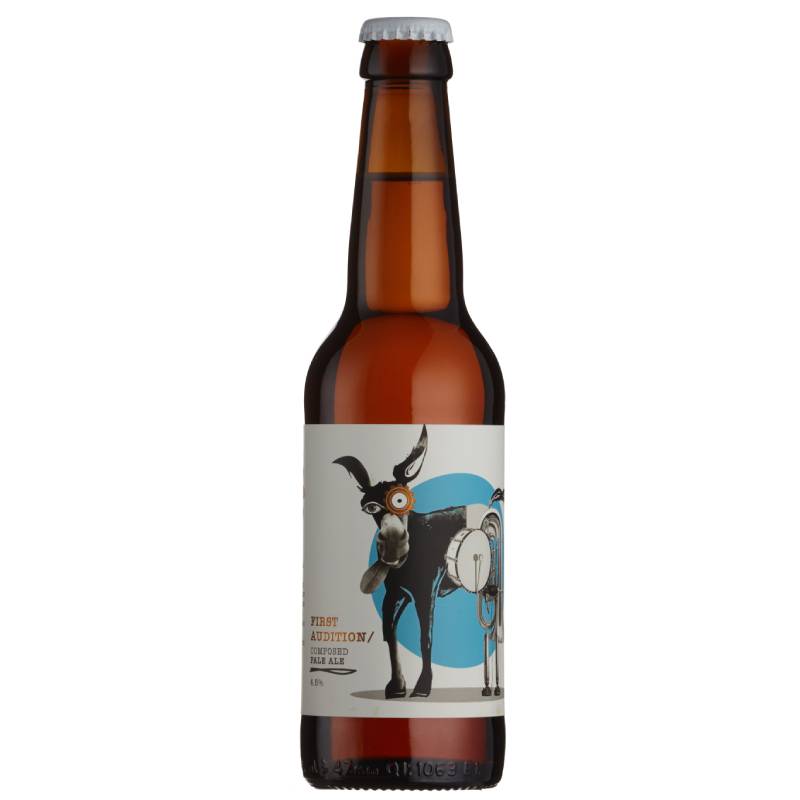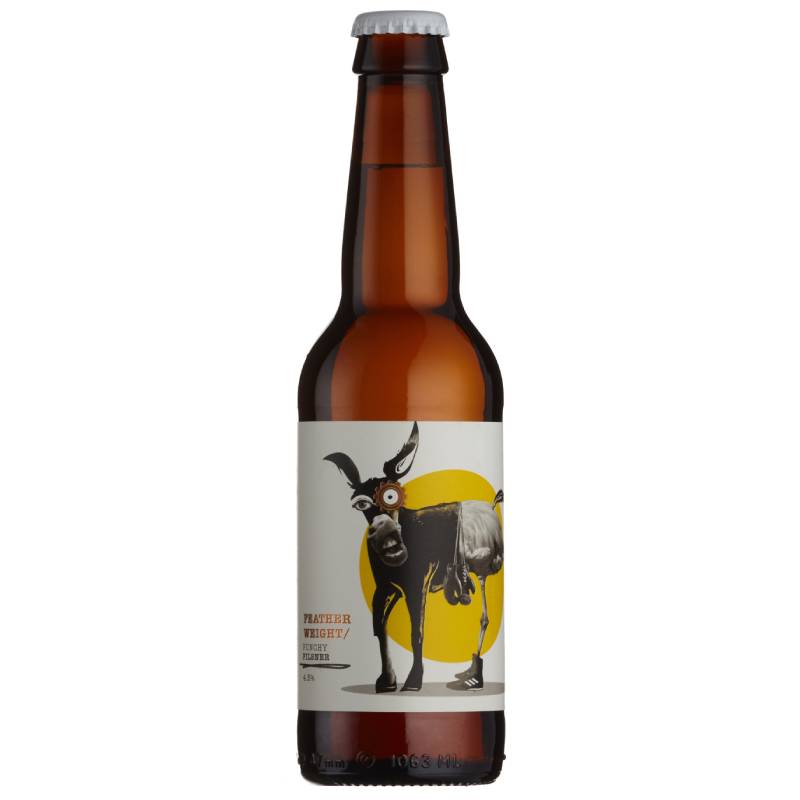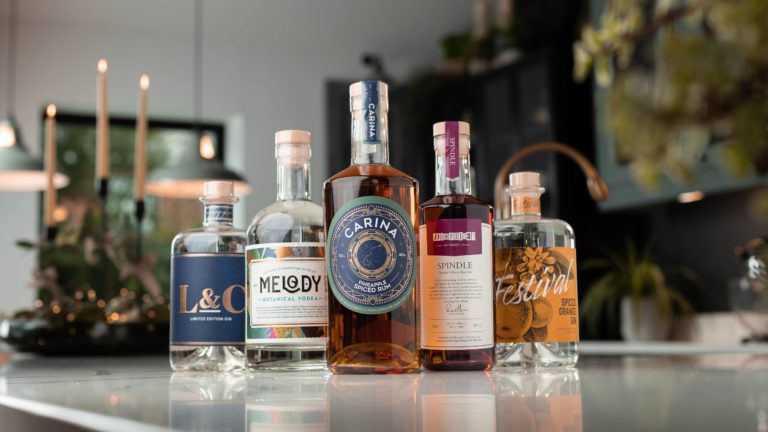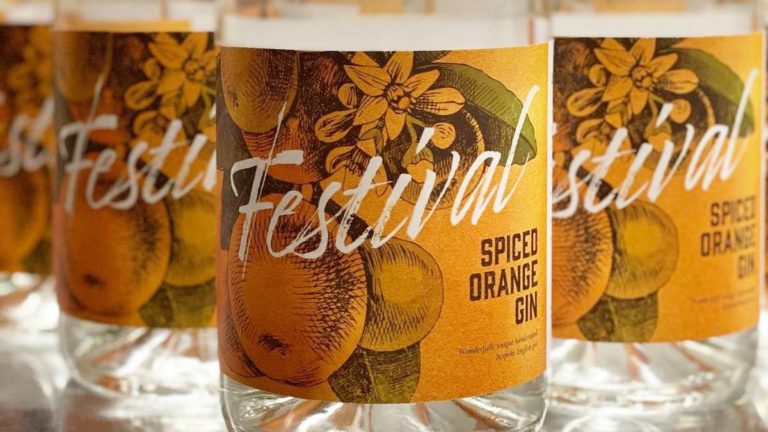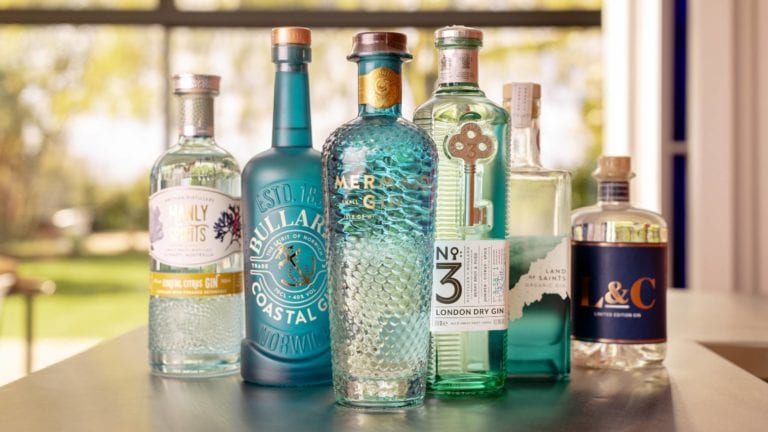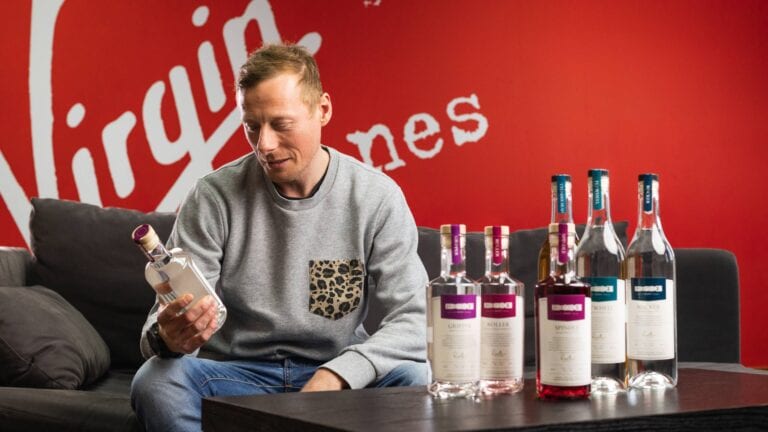Here’s what happened when the Rude Mechanicals project sent off two winemakers to create a brand new range of not wine, but gin and beer! With our range of beers and spirits, we can’t wait to work with a new school of exciting producers which push creativity just like these guys.
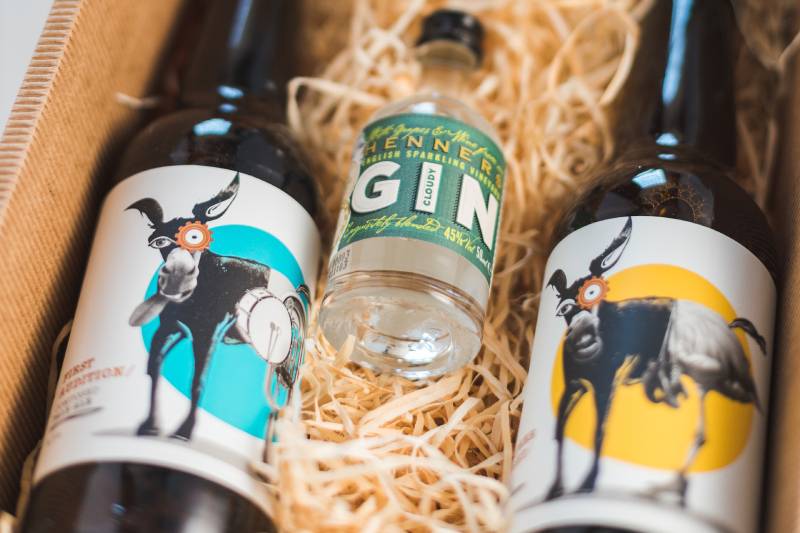
Why Rude Mechanicals?
The inspiration came about when a group of winemakers sat down after hours of tasting wine and simply wanted to enjoy a crisp, cold beer! Don’t we all. Intrigued by if their own winemaking skills could be transferred to the world of brewing, they began discussing flavour profiles and how they might go about making it happen. And there and then the project was born.
The name itself takes us back to Shakespeare and A Midsummer Night’s Dream. In the famous comedy, a group of craftsmen called the Rude Mechanicals put on their own play within the play itself. Similarly today’s Rude Mechanicals are attempting to do the same thing within the world of wine production, adding their own twists and venturing into the unknown.
Distilling Wine to Make Gin
Partnering with Henners Vineyards, a picturesque winery in the English Countryside, winemaker Samantha Bailey and the team began harvesting grapes to create an awesome base wine. Sourcing Chardonnay, Pinot Noir and Pinot Meunier – the three common varieties used to make Champagne – the grapes were crushed, juices extracted, vinified and then taken to a distillery where it was turned into the base liquor.
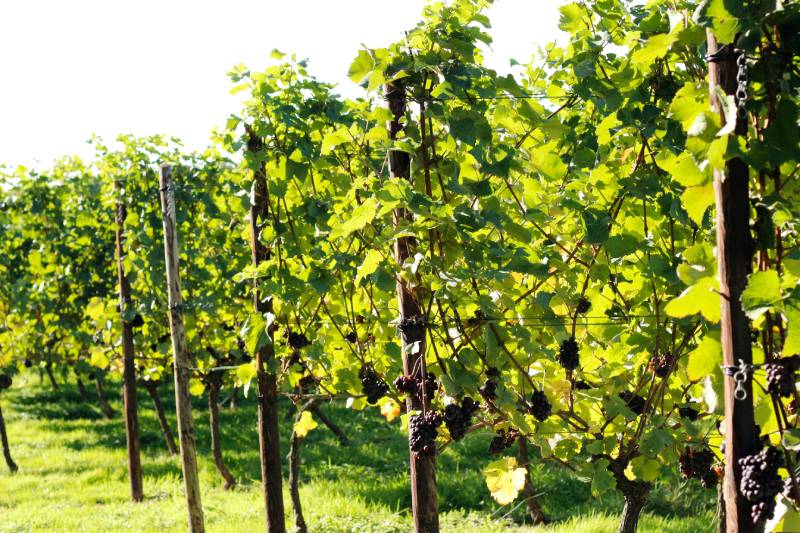
Samantha’s mission was to create a gin packed with flavours which evoked memories of the picturesque English countryside. Sussex, where Henners Vineyard is based, is exactly that. Once the grape base liquor was ready, English botanicals were then added. Like slightly mad scientists, the team added juniper and coriander (standard ingredients found in many gins), followed by cucumber, curly parsley, nettle, pink grapefruit zest and finally grape skins – all carefully selected components to create an English countryside flavour experience. Very clever.
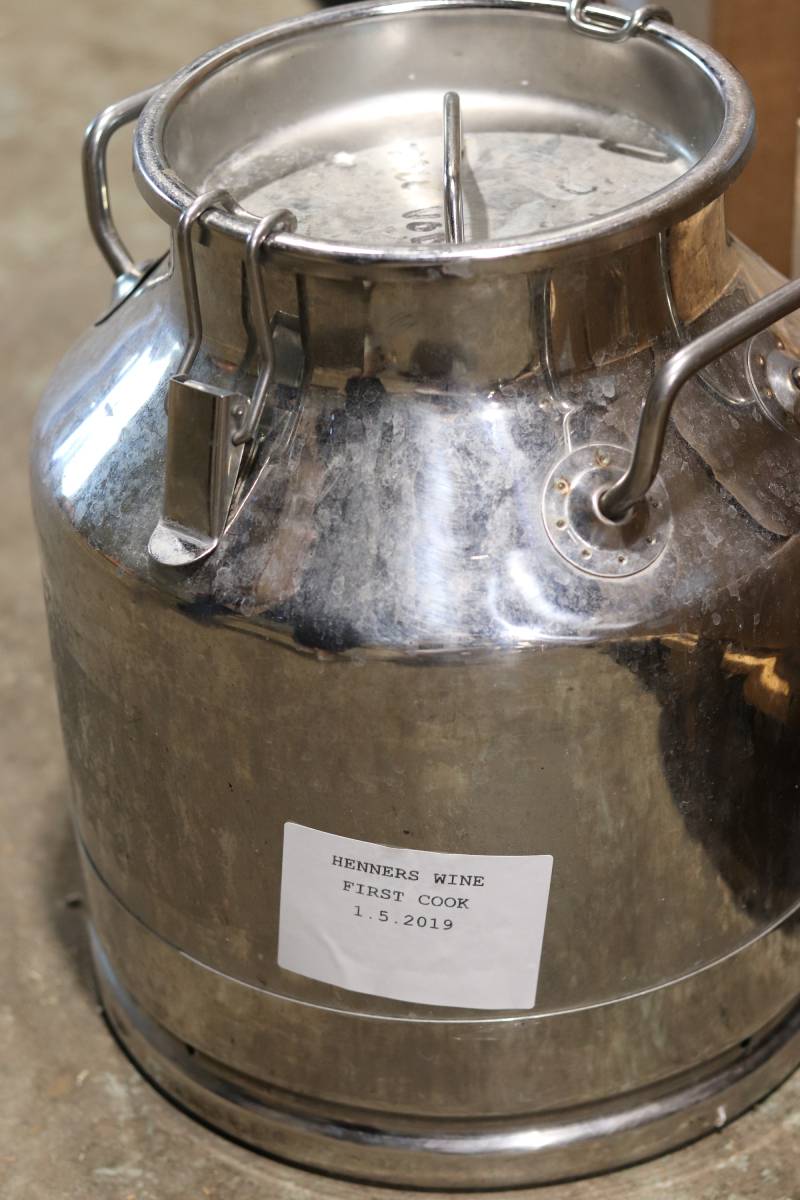
There are actually three ways distillers add botanicals to spirits. Firstly, there is soaking the base spirit in the chosen botanicals – quite a simple approach. Secondly, there is heating the base spirit and passing the vapour through the botanicals and back into the still. Finally, and the way Samantha went about it, involved placing the botanicals into the base spirit and reheating them together in a still. This creates a natural oil effect as the botanicals are essentially cooked in the base spirit, adding depth and complex flavour.
Henners Gin
The final result not only tastes pretty damn good but also provides a unique drinking experience when the gin is chilled or poured over ice. The cooling effect separates the botanical oils from the gin leaving a unique, cloudy liquid in the glass. Henners Gin is a gloriously fresh, pure, herbaceous gin with a little citrus kick on the finish which you simply need to try!
Winemaking Meets Brewing
The other half of the project involved another joining of forces. Winemaker, Eric Monin, teamed up with Robert Wicks of Westerham Brewery in Kent to make a Pale Ale. Whilst master blender, Samantha Bailey, joined James Van de Watt of Jabru to make a proper Pilsner. Think heavyweight tag team wrestling matches but in the world of booze and this is essentially what you’d end up with.
Eric began his journey by sampling a wide variety of Pale Ales (tough life we know) and shortlisting his top three which he then took to Westerham Brewery. A key objective was to create a flavour profile that actual goes against the grain of many Pale Ales. Here he wanted to reduce the typically heavy bitterness and create an incredibly accessible and enjoyable beer.
Eric’s Pale Ale
Eric’s pale ale is light and refreshing with a resounding citrus symphony of malt and hops. Colombus and Chinook hops have been used for bitterness, whilst Centennial and Comet have been used for flavour. The final dry hop process (adding hops to the fermented and already brewed beer) used Citrus and Amarillo for what can be associated as a typically Sauvignon Blanc styled finish.
Samantha on the other hand took a more scientific approach and sampled around 30 single hop beers in order to gauge a detailed flavour profile of as many hops as possible – total mad scientist. She managed to knuckle it down to three main varieties, used in various proportions, with the predominant hop being Hallertau Blanc which has distinct notes of lemongrass.
Samantha’s Pilsner
Samantha’s Pilsner hops were all added after ferment to infuse for seven days – far longer than the usual dry hop process of just 24 hours. This gave her beer a lovely depth of flavour and balance, so much so it’s been likened to a South African Chenin Blanc! It’s light on its feet with knockout tropical fruit flavours courtesy of a champion blend of hops. Hallertau Blanc for floral, lemongrass and elderflower, Amarillo for grapefruit and passionfruit, and Simcoe for guavas. It floats like a butterfly and stings like a donkey!
Make sure you look out for Bottom, the famous donkey from A Misummer Night’s Dream, on the project’s labels. You can also check out our brand new beers and spirits range here.

